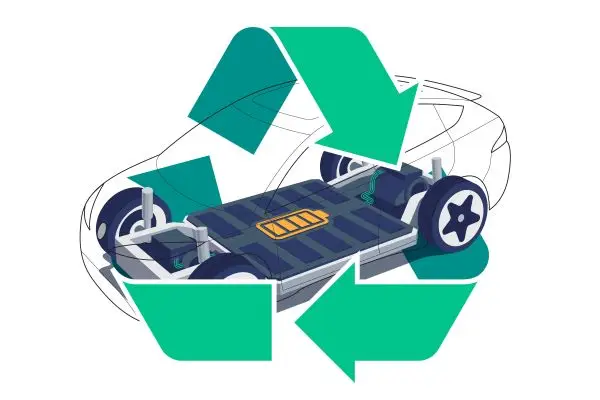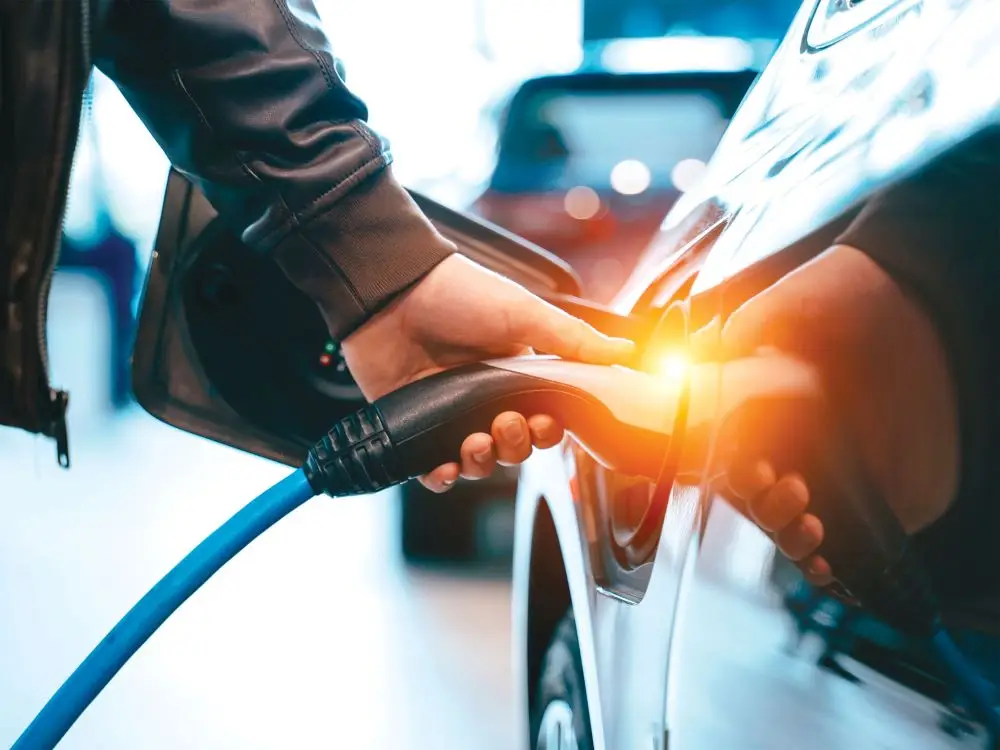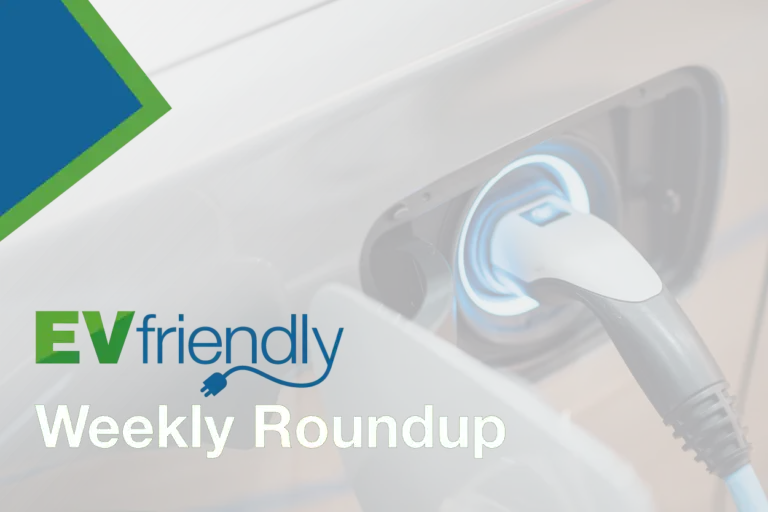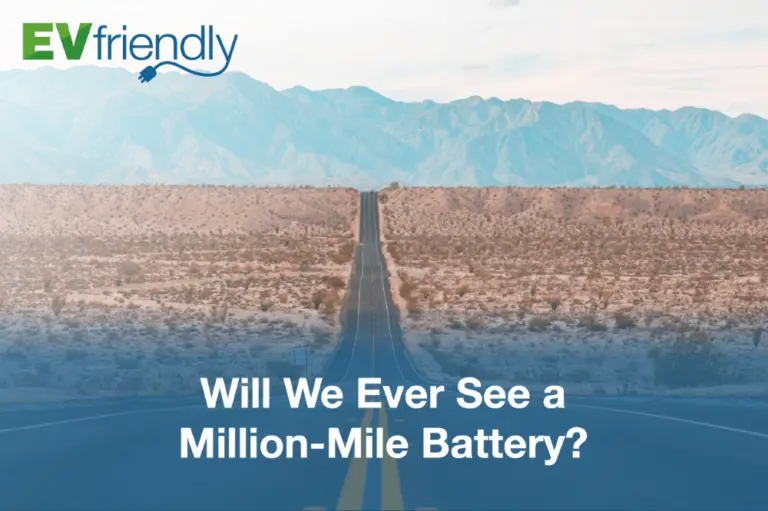Many roadblocks stand in the way of the transition to electric vehicles (EVs), but with every challenge, there lies an opportunity.
Hardly a day goes by without an article related to electric vehicles appearing in news feeds. A guy traveling from Manitoba to Michigan has trouble finding charging stations along his route that are actually in operating condition. Another guy in Ontario has been waiting a year and a half for delivery of the EV he ordered, and there’s still no ETA. An EV owner’s battery failed, and even though it’s still under the manufacturer’s warranty, there’s no replacement available, so he’s been driving a gas-powered courtesy car for months while his car sits in a dealership lot, inoperable. A woman in Victoria says EV owners like her are waiting in line to use the public chargers in her neighbourhood, and her condo’s strata corporation won’t allow the installation of chargers.
These are but a few examples of consumer experience stories in the news, and none of them would convince someone who has been sitting on the fence to make the switch to an EV.
Then there are the articles that generalize specific aspects of the transition from fossil fuel-burning vehicles to zero-emission vehicles. Again, most are negative. EV batteries have to be replaced because no one can fix them, resulting in repair bills totalling tens of thousands of dollars. And End-of-life EV batteries—what are we going to do with them? What about environmental concerns regarding the proposed lithium mining activities in the “Ring of Fire” area of Northern Ontario? And, of course, what about the purchase price of new EVs being considerably higher than their ICE counterparts?
The federal and provincial governments have set aggressive targets whereby all new passenger vehicle sales must be zero-emission vehicles by the middle of the next decade. How will those targets be met when consumers continually hear negative stories like these?
According to figures published by Statistics Canada, EVs represented about 12% of all new vehicle registrations in Canada in the third quarter of 2023. In British Columbia and Quebec, the adoption rate is much higher, at around 20%. But that’s still a long way from 100%.
If the targets are to be achieved, the numbers must be ramped up considerably over the next few years. But some reports predict that EV sales are actually slowing down. A recent study by AutoTrader found that 56% of consumers are open to buying an EV as their next vehicle, which is down from the 68% reported last year. Online searches for EVs accounted for less than 3% of all searches.
It is not difficult to understand why the EV market may be trending this way. Anyone who has had any sales training knows that every new product has a life cycle. When it is first introduced, you will get the early adopters. These are the people who like to have the latest products and innovation and will be among the first to buy. In the case of electric vehicles, they may be motivated by things like environmental concerns or the price of gas. They are the “low hanging fruit,” so named because they are the easiest group of consumers to “pick” (convert to sales).
Arguably, much of the low hanging fruit in the EV market has been picked, and the next group most likely to make the switch are more difficult to convert. And the battle is uphill from there. If you read public comments attached to articles about EVs, you’ll see mostly negative posts by people who say they’ll never buy an EV, and they are not without influence.
But much of the negativity does not accurately reflect reality. Good news about EVs is not news, so we only hear the negative stories. You will hear about the EV battery that caught fire for one reason or another, but you won’t hear about the other 789,000 EV batteries that performed flawlessly, just like a plane crash will be in the headlines while there is nothing about the other hundreds of thousands of flights that operate without incident.
The government’s approach is to force consumers to buy EVs by mandating that, by 2035, there will be no other choice. But auto manufacturers have been voicing their concerns too. Most of the pressure is on them with respect to achieving the targets. They say that the majority of consumers aren’t interested in ditching their internal combustion engine cars just yet.
The cost of converting their production lines to all-electric is another pressure point. General Motors recently scaled back its EV production plans after signing the new labour deals in the U.S. and Canada that will cost it more than nine billion U.S. dollars.
This is not to say that the concerns behind negative publicity about EVs are not completely without merit. Yes, the prices of new EVs are too high for a sizeable portion of car buyers, but forecasts are that prices will come down. Economies of scale will facilitate it, as with any new product. Yes, the charging infrastructure is not anywhere near where it needs to be, but when gas-powered cars were introduced in the early 1900s, there wasn’t a gas station on every corner. It too will come.
Supply chain concerns are being addressed, with new plants being built in Ontario and British Columbia. There will continue to be growing pains, but not indefinitely.
Rather than being deterred by negativity, some entrepreneurs are cashing in on the opportunities. For example, the questions about end-of-life EV batteries are being answered by companies like Li-Cycle, an Ontario based business that safely recovers critical minerals from all types of lithium batteries, including EV batteries, and reintroduces them to the supply chain. There are few competitors in that business.
An EV battery that can no longer be brought to a state of health sufficient to run an EV may still be useful in other applications. There are companies that repurpose used EV batteries for use in energy storage systems, but they are few and far between.

Another opportunity lies in battery repair. An EV battery total failure is rare, and of those that do fail, a complete replacement is not necessarily the only solution. However, it may be the only solution offered, and there are several reasons why that may be the case.
First, very few repair facilities, including dealerships, are interested in battery repair. That’s because they lack the expertise, tools, and equipment to do so. Another reason may be that the manufacturer refuses to sell internal components and/or states that the warranty is void if the battery case is opened. A third reason is that the parts simply aren’t available.
To overcome some of these obstacles there will need to be a shift in philosophy, starting with the manufacturers. Replacement batteries must be made available, and so must the internal components. The tools, training, and repair information must be available to repairers that wish to make the investment and acquire the capacity to perform battery repairs.
The pessimist may throw in the towel and declare that the government mandates will never work, but we’re well past the point of no return. Whether we like it or not, EVs are going to dominate the automotive industry. The optimist will embrace the challenges and ask, how can I help, and what opportunities does this present?






